On this Earth Day, we endeavor to remind ourselves that we can be part of the solution, rather than the problem. In recent years, there has been a growing awareness of the environmental impact of our consumption habits, leading many to seek more sustainable alternatives in various aspects of life, including crafting. Leathercrafting, while often associated with tradition and quality, can also have a significant ecological footprint if not approached mindfully. However, by making conscious choices and adopting sustainable practices, leathercrafters can minimize their environmental impact while still enjoying their craft. In this guide, we'll explore some tips and techniques for practicing sustainable leathercrafting.
-
Reduce Waste:
- Plan your projects carefully to minimize leather waste. Use patterns efficiently and consider smaller projects that utilize scraps.
- Save leather scraps for future projects or repurpose them for smaller items like keychains, patches, or accents on other crafts.
-
Upcycle and Recycle:
- Consider using reclaimed or upcycled leather from old garments, furniture, or other sources. Upcycling not only reduces waste but also adds a unique character to your creations. Thrifting is a great way to practice this step!
- Explore innovative techniques like leather recycling, where old leather goods are shredded, processed, and turned into new materials.
-
Use Non-Toxic Finishes and Dyes:
- Choose eco-friendly finishes and dyes and free from harmful chemicals.
- Experiment with natural dyes derived from plant sources, such as indigo, walnut, or onion skins, to achieve unique colors while minimizing environmental impact.
-
Invest in Quality Tools and Equipment:
- Quality tools last longer and perform better, reducing the need for frequent replacements and minimizing waste.
- Look for tools made from sustainable materials, such as bamboo or recycled steel.
-
Practice Minimalism:
- Embrace minimalist design principles to create timeless leather goods that prioritize function and durability over trends.
- Avoid excessive ornamentation and unnecessary embellishments that contribute to overconsumption and waste.
-
Educate Yourself and Others:
- Stay informed about the environmental and ethical issues surrounding leather production and advocate for positive change within the industry.
- Share your knowledge and experiences with fellow leathercrafters, encouraging them to adopt more sustainable practices in their own work.
By implementing these tips and techniques, you can play a vital role in promoting sustainability within your own craft. By choosing ethical and eco-friendly materials, minimizing waste, and embracing minimalist design principles, we can create beautiful leather goods that are not only timeless but also environmentally responsible. Together, we can build a more sustainable future for leathercrafting and beyond.





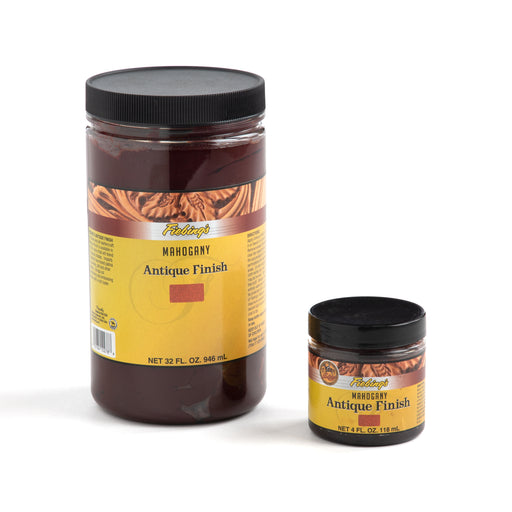
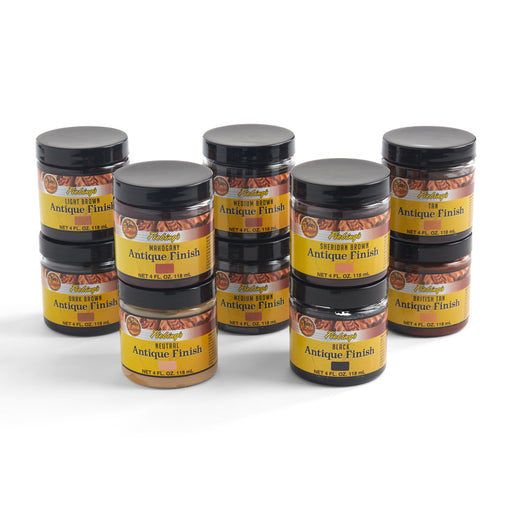
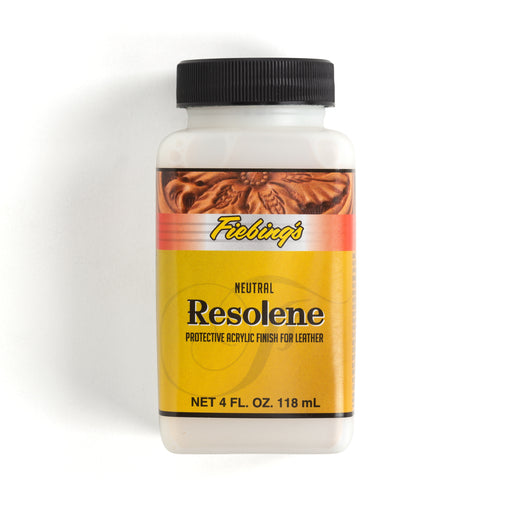
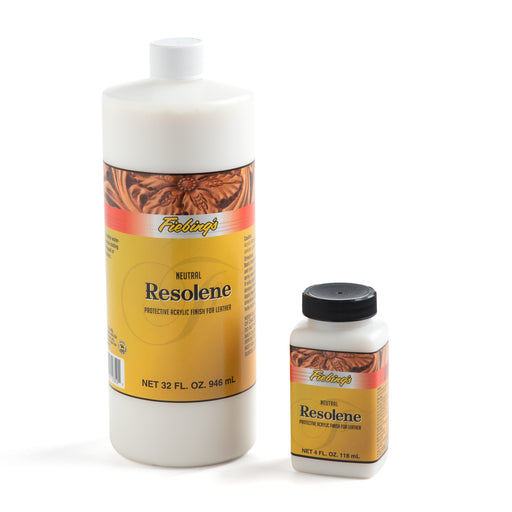
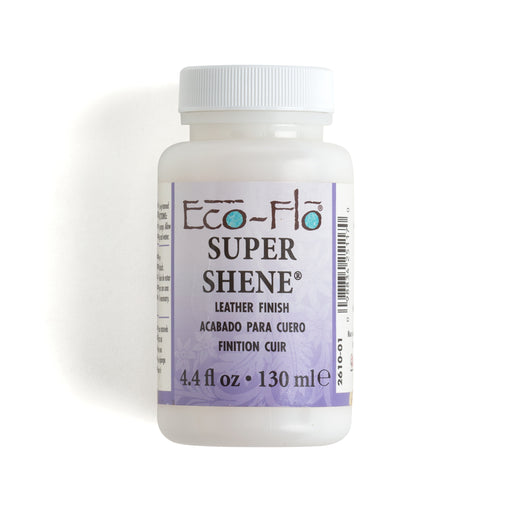
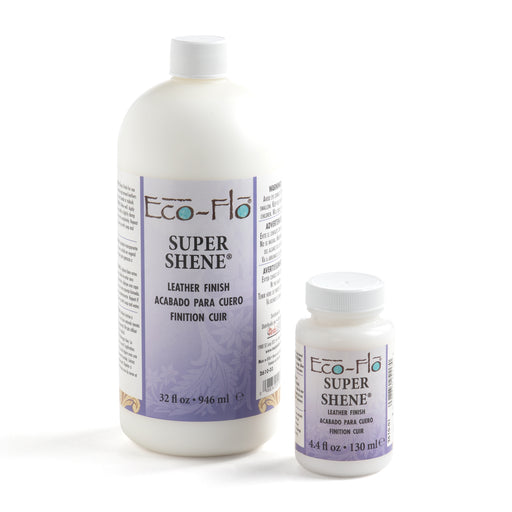
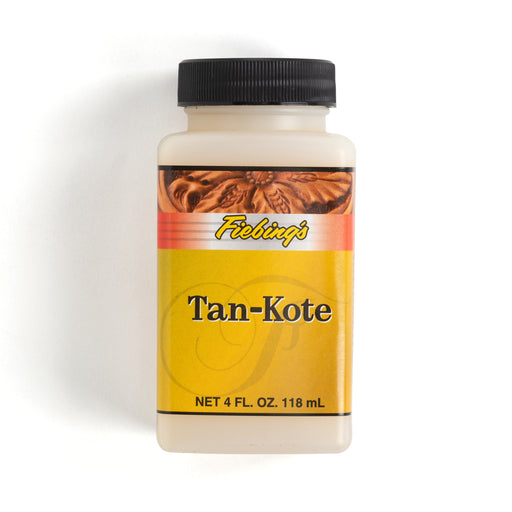
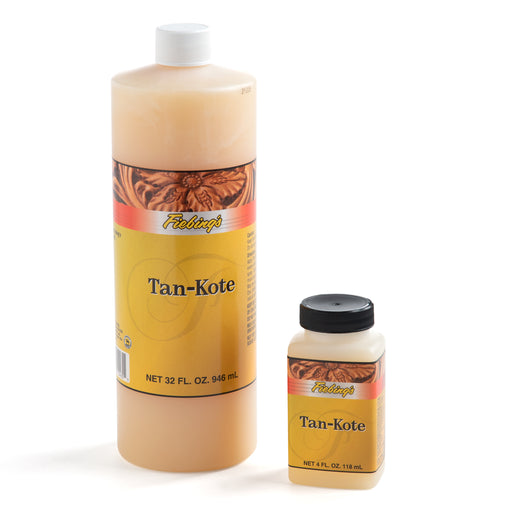

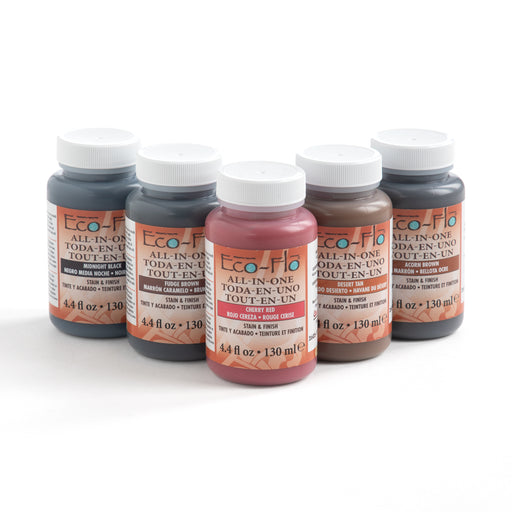
Leave a comment